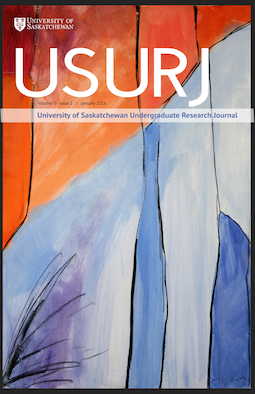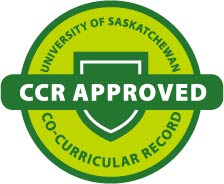Self-Compassion: A Potential Buffer in an Evaluative Dance Environment
DOI:
https://doi.org/10.32396/usurj.v3i1.130Keywords:
self-compassion, dance, anxiety, evaluationAbstract
Common characteristics of the dance environment, including mirrored settings, tight-fitted clothing, and evaluation by others create an atmosphere that can negatively influence a ballet dancer’s body image and act as a barrier to participation (Radell, Adame, Cole, & Blumenkehl, 2011; Tiggemann & Slater, 2001). Thus, it is important to identify resources that can buffer against negative self-perceptions in an evaluative dance environment. The purpose of this study was to explore self-compassion in relation to self-evaluative thoughts and behaviours in an evaluative ballet environment. Participants (N = 57 women undergraduate students; Mage = 20.59 years, SD = 3.81) completed an online questionnaire containing measures of self-compassion, social physique anxiety (trait and state versions), fear of negative evaluation (trait and state versions), as well as reactions, thoughts, and emotions to a hypothetical first day of beginner ballet class scenario consistent with the common characteristics of the dance environment. Self-compassion was negatively related to trait and state social physique anxiety, trait and state fear of negative evaluation, total negative affect, personalizing thoughts, and catastrophizing thoughts, as well as positively associated with behavioural equanimity and thoughts of equanimity. Finding self-compassion to be associated with lower neegative self-perceptions within the context of an evaluative beginner ballet class replicates past correlational research and advances the literature by contextualizing self-compassion to a specific evaluative environment.
Downloads
Published
Issue
Section
License
Articles: USURJ’s current Publication Agreements apply a Creative Commons Attribution-NonCommercial License (CC-BY-NC) by default. The CC BY-NC license lets others remix, tweak, and build upon work non-commercially. The author(s) can choose a different CC license, as outlined in https://creativecommons.org/about/cclicenses/. Please see the PDF for each article to determine what license is applied to that article. Author(s) can also request to reserve all copyright (All Rights Reserved). If there is no indication for articles published before September 2020, assume the author retains all rights beyond those necessary for publication by USURJ. All articles published after September 2020 will apply one of the aforementioned CC licenses. See the Publication Agreement under the Submission Preparation Checklist or Author Guidelines for more information. Artwork: All copyright for the original artwork remains with the artist unless they wish to apply a Creative Commons (CC) license to the artwork. Please see the PDF for each artwork to determine what license is applied to that artwork.







